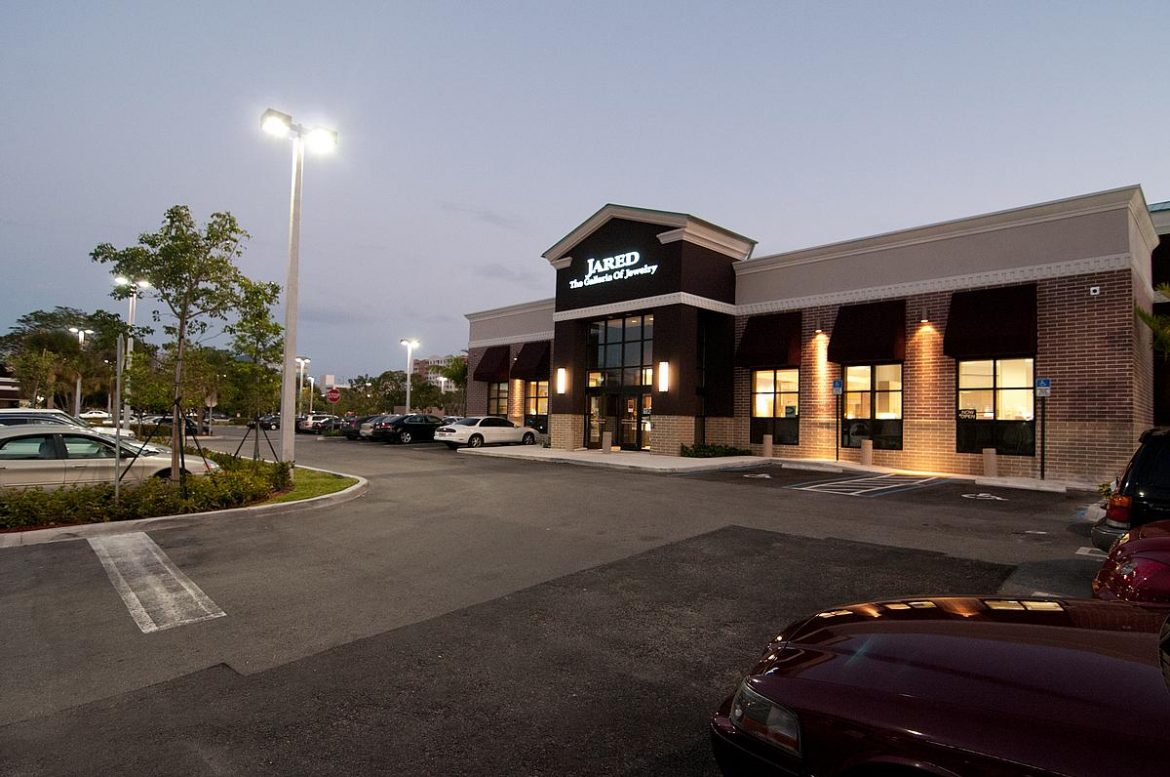
Moishe Mana could use the 50 buildings he owns to develop a mass of towers in the core of downtown Miami, but he’s moving forward with a different vision.
Mana will renovate buildings to attract tenants and limit the construction to about four stories, said Bernard Zyscovich, CEO Zyscovich Architects, which crafted the plan with Mana.
Mana spent hundreds of millions of dollars in recent years snapping up property downtown, especially along Flagler Street. The area has some of the oldest buildings in the city. Many of those Mana-owned buildings have vacant space on the ground floors as he works on development plans.
Now, Zyscovich says Mana has a multi-phase plan for his downtown properties, and he’s ready to start construction this summer.
While many of Mana’s properties are zoned for 50 to 80 stories, that’s not his vision, according to Zyscovich.
“We are looking at spreading development throughout downtown instead of coming up with tall buildings out of the box,” Zyscovich said. “We don’t think downtown is ready for high-rise max buildings. We need to develop it as a neighborhood.”
Mana will begin by renovating the 13-story building at 155 S. Miami Ave. Built in 1980 and totaling about 166,000 square feet, the building formerly house federal immigration offices and it looks the part of a staid government office. Zyscovich said its facade will be stripped away and replaced with an artistic facade, which will resemble an optical illusion. The ground floor of the building is currently not accessible from the street and will be opened up so there can be a coffee shop and social space.
Mana wants the building to house office and technology tenants.
“It’s a good first project because there’s enough square feet to occupy the building with many new uses,” Zyscovich said. “We have financing in place and hopefully before the summer is out we will start construction, which is really deconstruction.”
Mana will follow with another project on the same block, at South Miami Avenue and S.W. 2nd Street. That includes a modest-sized new building along with renovations to the parking garage and some historic structures that could house restaurants.
The second area Mana will develop is Flagler Station, at 48 E. Flagler St., Zyscovich said. That will include new storefronts.
“It will become a cool neighborhood with the idea of providing urban services to innovators and technology people,” he said.
As the projects are completed, Mana plans to introduce a membership group called Mana Commons. Members would receive living quarters, office space, and discounts on local food and beverages, Zyscovich said.
“Moishe likes to say he’s not a developer,” Zyscovich said. “He’s a venture capital guy who wants to create something more innovative with real estate than renter space. We rent space, of course, but space oriented toward particular uses that might exchange rent for a venture capital interest.”
Source: SFBJ


